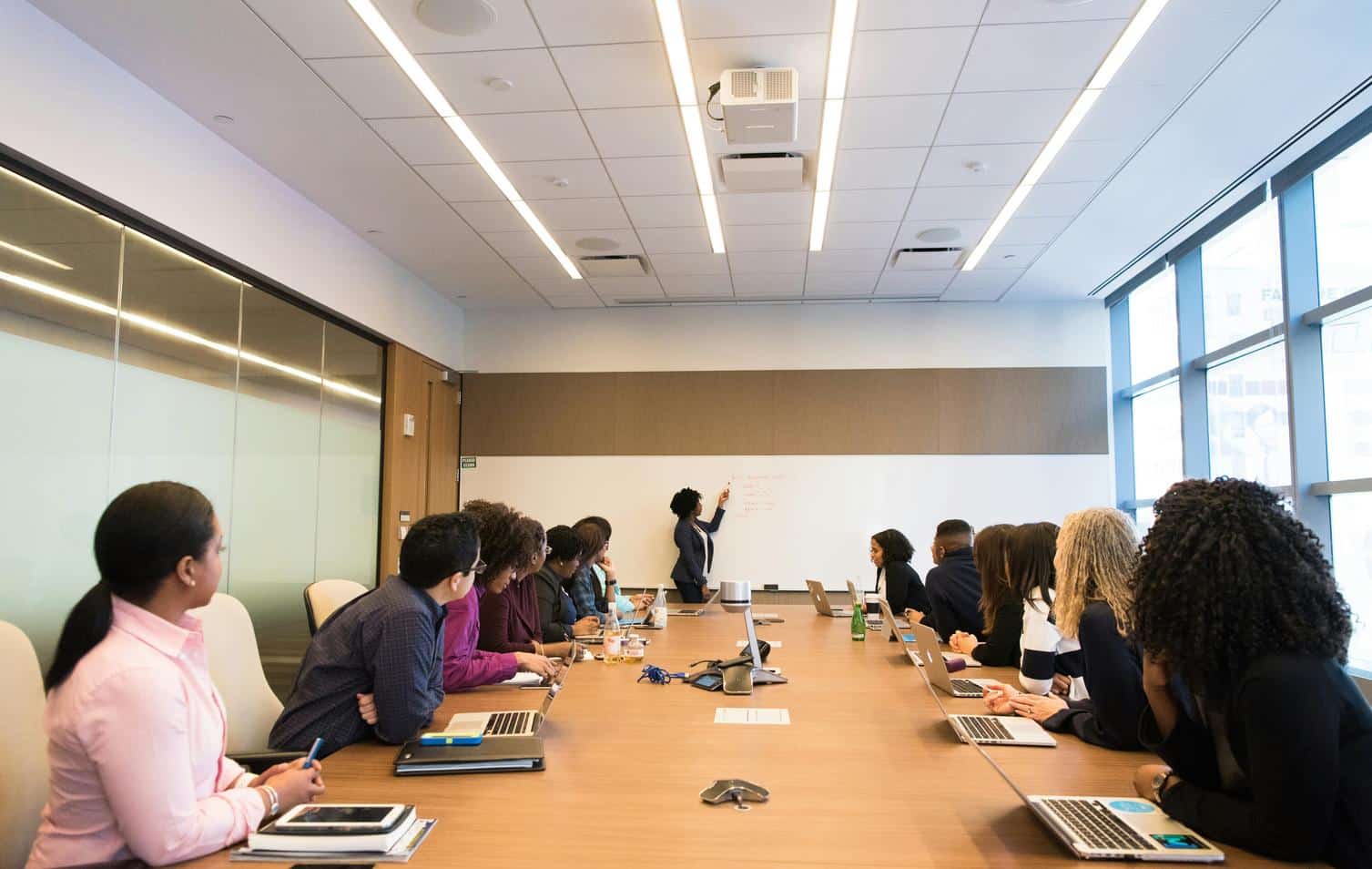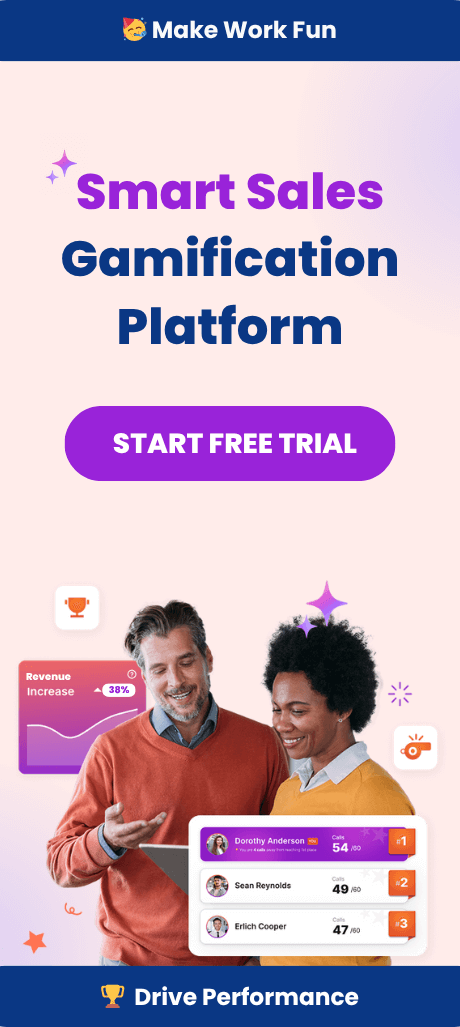Customizable Leaderboards Drive Engagement
Executive Overview: The Need for Tailored Recognition
In the dynamic landscape of modern sales and business operations, employee engagement and motivation remain foundational to sustainable growth. Yet executive teams often find that generalized approaches to recognition or competition fall short. What sets high-performing teams apart is their ability to adapt incentives to individual, team, and organizational goals. Customizable leaderboards are emerging as a compelling answer, transforming everything from day-to-day momentum to long-term outcomes.
Why Recognition Fuelled by Data Matters
Recognition in sales and business environments cannot be static. With data now flowing in real time, the ability to visualize progress in ways relevant to individual contributors or entire teams is critical. Customizable leaderboards, powered by innovative digital platforms, offer tailored displays that reflect the actual KPIs and goals valued by a company. This goes beyond generic ranking. Instead, it enables a nuanced, transparent dialogue about performance, realignment, and aspiration that fits evolving operational needs.
The Evolution from Static to Custom Leaderboards
A look back shows that traditional leaderboards often relied on uniform metrics. Sales volume or calls-per-hour may have dominated displays, neglecting softer metrics like customer satisfaction, onboarding milestones, or peer-to-peer recognition. As highlighted in recent discussions on modern leaderboard evolution, top-performing organizations are shifting toward systems where performance metrics are both meaningful and malleable.
What Customizability Changes
- Personalization: Different teams and roles have distinct KPIs, and leaderboards must reflect these nuances.
- Dynamic Adjustments: Goals change as businesses evolve, so measurement tools need to update in real time.
- Visual Engagement: Employees interact more with data when they see their own contributions represented transparently.
Through customization, leaderboards become tools not just for competition, but for self-benchmarking, peer support, and continuous development.
Driving Employee Engagement Through Visibility
Visibility remains one of the simplest yet most potent drivers of motivation in any business context. When sales reps, customer success associates, or project managers see their daily actions visibly mapped to progress, their motivation transforms. Digital leaderboards create an environment of healthy competition, increased transparency, and continuous feedback. Research on building culture with digital leaderboards confirms that this visibility drives both individual accountability and collaborative engagement.
The Mechanisms at Work
- Instant Progress Feedback: Real-time updates reinforce actions, not just end results.
- Personalized Motivation: Employees set and track goals aligned to their growth paths.
- Peer Benchmarking: Leaderboards provide context that is constructive rather than punitive.
For executives, this translates into higher engagement rates, stronger alignment between strategy and individual behavior, and an environment conducive to learning and adaptation.
Strategic Role in Gamification and Business Outcomes
Gamification strategies for employee engagement are no longer optional luxuries; they are competitive requirements, particularly as hybrid and remote models persist. Customizable leaderboards tie directly into gamification frameworks by enabling the seamless integration of challenges, milestones, and rewards. When game mechanics are matched to a company’s core drivers, behavioral changes are more likely to produce tangible performance improvements. Recent research, as discussed in Gamification’s Strategic Role in Modern Sales, backs this linkage between gamified recognition and measurable uplift in KPIs.
Benefits for Sales Teams
- Agile Goal Adjustment: Sales contests or campaigns can be run spontaneously, with metrics quickly updated.
- Incentive Alignment: Rewards can be tied to short-term sprints or long-term achievements, all tracked within the leaderboard.
- Holistic Performance View: Teams gain a consolidated perspective of progress, helping leaders calibrate strategy accordingly.
Personalization: The Key to Effective Engagement
The power of customizable leaderboards is magnified when recognition and incentives are genuinely personalized. Employees value acknowledgment that aligns not only with hard numbers but also with effort, improvement, and innovation. This is the principle underlying the rise of employee gamification platforms—tools that allow admins and managers to tailor recognition mechanics and campaigns for diverse business units.
Personalization fosters a deeper sense of agency and loyalty, as staff feel they are more than just a number. Sophisticated platforms allow for qualitative targets such as skill-building, client feedback, cross-functional contribution, and culture enhancement. In contrast to one-size-fits-all systems, personalized recognition delivers higher ROI on engagement initiatives and supports stronger retention.
Balancing Competition with Collaboration
Genuine organizational health balances spirited competition and collaboration. Customizable leaderboards—properly implemented—can elevate mutual support alongside healthy rivalry. This requires careful attention to the mechanics, ensuring rankings never shame or alienate underperformers, but rather motivate all to improve. Peer-focused features, such as shout-outs or team-based contests, foster mutual accountability and recognition at every business level.
Platforms like Spinify facilitate these blended models by offering flexible display modes, segmented leaderboards, and tools to ensure positive reinforcement remains at the core. For leaders, this means reduced risk of toxicity associated with traditional competitive frameworks.
Practical Implementation: Roadmap for Executives
For executive teams considering a move to more flexible leaderboards, the transition begins with a clear inventory of the KPIs that matter most. Involve stakeholders—sales, operations, customer support, HR—in the design process. By building a shared language around what success means for each team, leaders can configure metrics that encourage sustainable improvement, not just quarterly surges.
Platforms that integrate with CRMs and existing HRIS offer the best results. Implementation should be gradual: pilot with smaller teams, gather feedback, and iterate. Data security and privacy must be prioritized, especially when individual performance is tracked publicly.
Measuring Impact: Employee Engagement KPIs
Adopting digital, customizable leaderboards should be paired with new measurement approaches for engagement. Traditional output metrics—such as sales closed or calls made—are often lagging indicators. Savvy leaders look instead to a blend of:
- Active participation rates in leaderboard activities
- Peer-recognition analytics
- Manager feedback loops and engagement pulse surveys
- Retention and promotion statistics correlated with recognition
Such holistic measurement ensures that leaderboards are driving actual engagement and not just surface-level activity. This approach aligns with broader best practices in essential engagement tools for sales teams.
Technology Trends: AI and Future-Proofing Engagement
Artificial intelligence is now shaping the future of leaderboard customization. Automated analytics provide real-time insights into what types of recognition work best for which cohorts. AI-assisted recommendations can help managers identify at-risk employees for outreach, design dynamic contests, or adapt metrics in response to changing corporate priorities. As more organizations adopt AI gamification techniques, expect leaderboards to become even more responsive and predictive.
Tools like Spinify are now leveraging AI to power leaderboards that not only reflect real progress but also anticipate motivational dips before they impede performance. For companies aiming to stay ahead, booking a demo or exploring a trial with a robust employee gamification platform is a pragmatic step toward future-readiness. Book a Demo or Start a Trial.
Case Study: Transforming Engagement in Hybrid Teams
Consider a global sales organization adjusting to hybrid work during the last two years. By replacing a stagnant, spreadsheet-driven leaderboard with a customizable platform, its engagement scores rose dramatically. Managers tailored each team’s metrics based on region and sales cycle. Members could see their own improvement over time, not just their raw rank on one uniform board. Peer-to-peer recognition features generated thousands of positive exchanges annually, driving a measurable drop in turnover and a sharper increase in sales performance.
Navigating Potential Pitfalls
As executive leaders design these new tools, several pitfalls must be navigated. Avoid over-emphasizing gamification at the expense of real development, ensure leaderboards do not demotivate lower performers, and keep lines of communication open for regular feedback on the fairness and relevance of displayed metrics. Privacy concerns must be anticipated and mitigated, especially with public recognition features.
Lastly, do not neglect the human element. Technology should support, not replace, leadership’s role in shaping culture and individual growth. Regular coaching, acknowledgment in team meetings, and the opportunity to celebrate learning as well as winning all enhance the impact of leaderboards.
Conclusion: Why Customization is the Future of Recognition
Customizable leaderboards represent an evolution in employee engagement and motivation. They empower executive leaders to merge strategy, technology, and empathy into one seamless framework for performance recognition. As the line between in-office and remote work continues to blur, organizations that adapt their engagement infrastructure to offer flexibility and relevance will continue to attract, develop, and retain top talent.
The best solutions go beyond ranking—they celebrate growth, inspire healthy competition, and build cultures where every win is visible, meaningful, and shared. The future of work demands nothing less.



